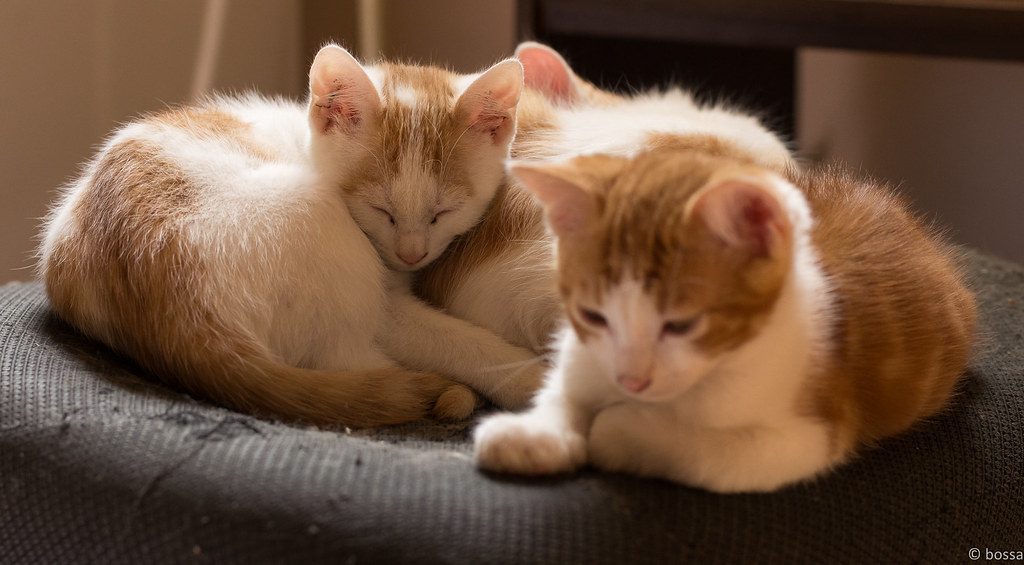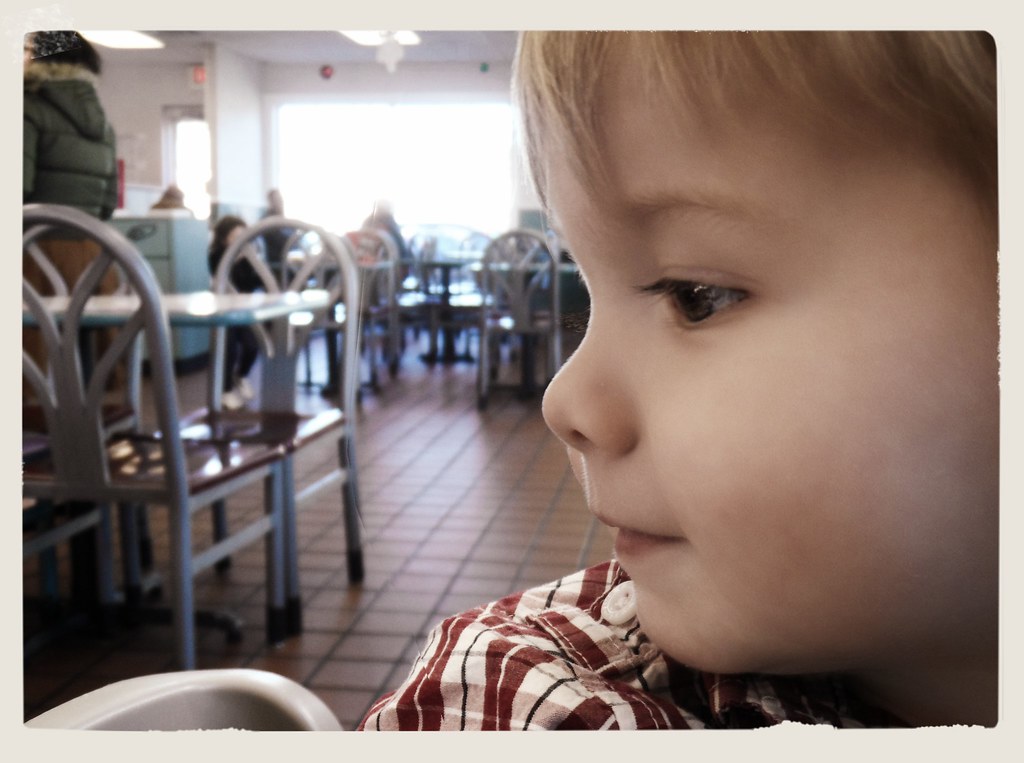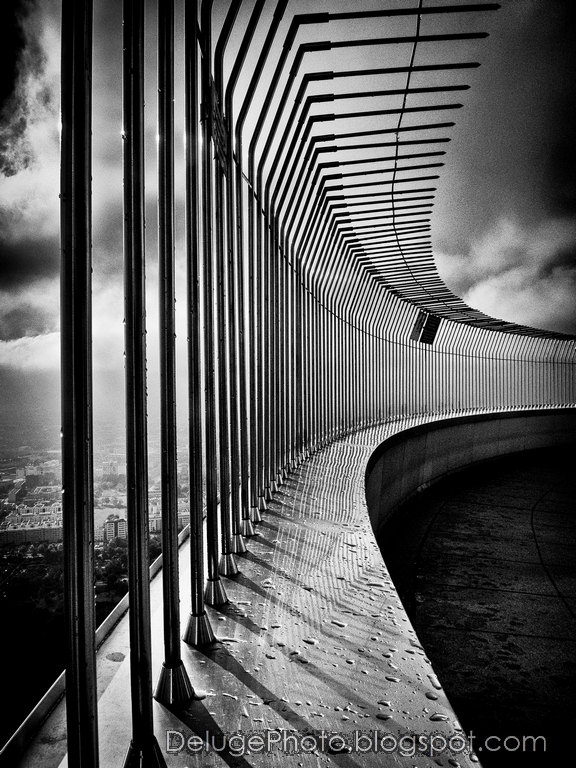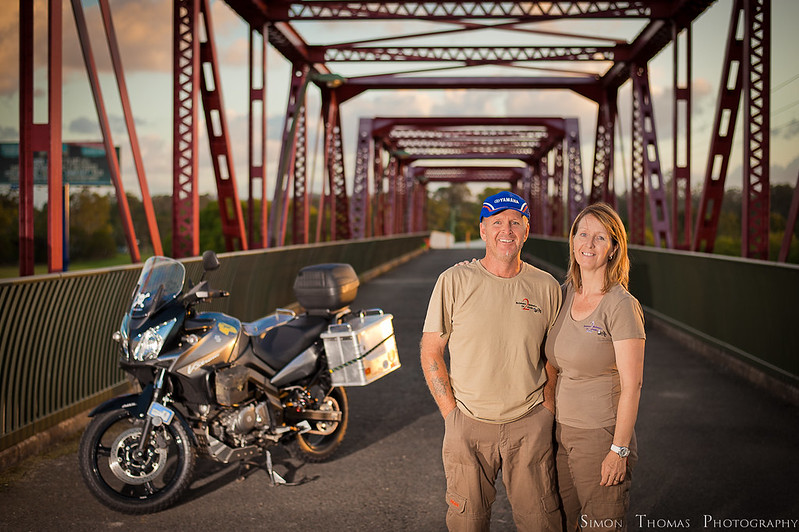The following shot would have been more '3D' if the floor was more in focus and more of his body. I think you really need to be able to decipher the background relative to the subject.
Pentax K-5 & DA*55 @ F/1.4

This shot is more '3D' IMO as the face is very sharp and you can still 'read' the background.
Pentax K-5 & DA*55 @ f/4

This shot is also '3D' but it is the middle ground that pops
Pentax K-5 & DA*55 @ f/4

Of course linear perspective and other visual elements placed in the scene that can be 'read' (and that are not defocused to non-existence) help define the space around the subject.
Disclaimer: These examples I've given may not be all that representative according to some people's definition but there's more to photography than 3D pop and subject isolation.


 Similar Threads
Similar Threads 














 No that's not a winky but a sore eye.
No that's not a winky but a sore eye. 









 Post #12 by TOUGEFC
Post #12 by TOUGEFC








